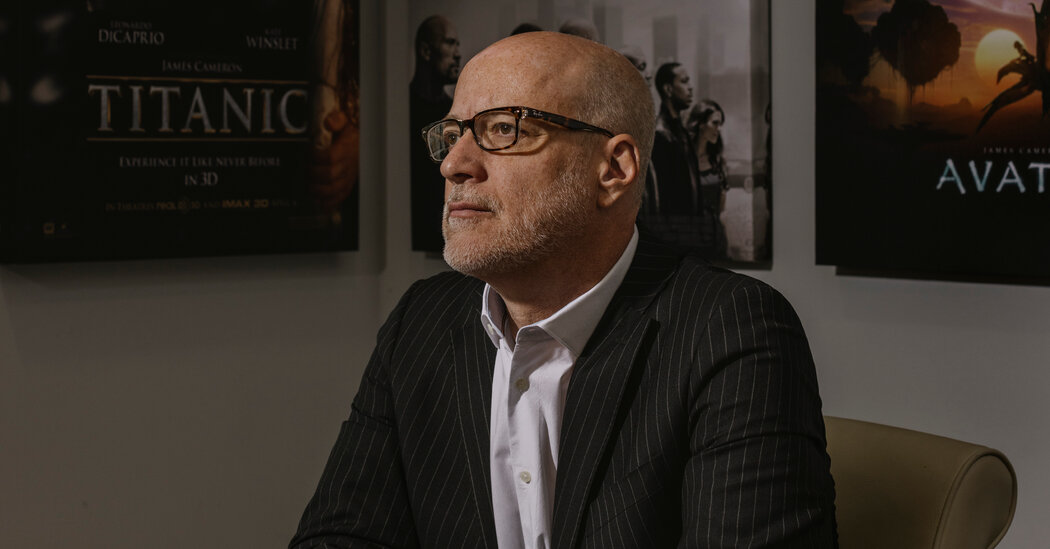The 60/40 Portfolio Is Alive and Well
It isn’t dead. It’s more important than ever.
I’m talking about the 60/40 portfolio, which has sometimes been considered the living heart of investing. Those specific numbers — which refer to 60 percent stock and 40 percent bonds as core investment holdings — aren’t significant. They are merely a convenient starting point for thinking about investing and not an exact, general-purpose prescription for everyone. Nor have they ever been.
But they do represent a fundamental principle. While it’s more complicated, it comes down to this: Don’t keep your eggs in one basket. Diversify rigorously and systematically among stocks and bonds, and do it for the long haul.
The claim that this concept is dead doesn’t make sense. Diversification in investing is as important now as it ever was, even if it hasn’t paid off lately.
But what is true is that both stocks and bonds performed poorly over much of the last two years, especially in 2022. Soaring inflation and rising interest rates led to bond losses along with a drop in the stock market. If you held a broad portfolio of stocks and bonds in 2022 — whether your mix was 60/40 or some other variant — you probably lost money. Neither the stocks nor the bonds helped.
That was awful. But the solution isn’t to abandon diversification. It is to stick with it, and maybe even diversify further.
The Core Concept
Harry Markowitz was a giant of finance. He was also an earthy Chicagoan, who told me back in 2012 that he was comfortable with using eggs in a basket to describe his work, for which he won a Nobel Prize in 1990.
“What I did was a lot fancier than that,” he said. “It needed a lot of math.” But the basic concept is that if all of your investments are the same and something bad happens to any one of them, you will be in, let us say, deep trouble. Don’t let that happen to you.
Harry died in June. In 2012, he explained how you could reduce total risk by combining a lot of individually risky assets. If their price movements are poorly or even inversely correlated — so that some rise while others fall — your portfolio will become more stable. This is the core of what has become known as “modern portfolio theory.”
It emphasizes asset allocation over individual stock and bond picking, and accepting only the risk you can handle by selecting your investment mix along what he called “an efficient frontier.”
This gets wonky, but in simple terms, he advised setting up your portfolio for the long haul, so you could ignore the constant financial crises that obsess so many people on Wall Street.
Is the market up or down today? Don’t even think about it. That’s advice that I have taken to heart.
Now, though, this core approach to investing has come under criticism. Why? The stock market, as represented by the S&P 500, lost 18 percent in 2022. The bond market, defined by a popular benchmark, the Bloomberg U.S. Aggregate Bond Index, lost 13 percent.
Diversification didn’t protect you in 2022.
Popularizing 60/40
Benjamin Graham, the Columbia University finance professor who taught Warren Buffett about value investing, suggested, in various editions of “The Intelligent Investor,” that a stock and bond portfolio should be at least 20 percent stock and perhaps as much as 80 percent. He settled on a 50/50 split, not 60/40, as a reasonable starting point, altering the stock allocation depending on market conditions.
But 60/40 became reasonably popular late in the 20th century. Peter L. Bernstein, the economic historian, once explained the logic of a 60/40 allocation this way: Long-term investors should favor the stock market over bonds because stocks have a higher ceiling, but bonds are a balm because they are safer. So tilt toward stock, while holding a lot of bonds, leaving a 60/40 allocation, as a starting point.
John C. Bogle, the founder of Vanguard and the creator of the first commercially available, broad, low-cost index funds, popularized the 60/40 portfolio as much as anybody when he created the Vanguard Balanced fund — a simple 60/40 blend of a broad Vanguard U.S. stock fund and a U.S. bond fund. (It lost almost 17 percent in 2022.)
Even Jack, as he insisted I call him, said 60/40 wasn’t the only way to go. Vanguard’s oldest fund is a balanced fund, the Wellington Fund, and it contains 65 percent stock and 35 percent bonds. Other Vanguard funds have different allocations. All had big losses in 2022 but have done well over long periods.
So what mix is ideal? I don’t know. One notion is to hold more stock when you are young and more bonds as you age, though Jack himself didn’t do that. He was a risk taker, and held well more than 60 percent stock in his personal portfolio, he told me, when he was well into his 80s.
The important issue isn’t whether a 60/40 portfolio mix is best. It may not be. But all traditional balanced portfolios are mixtures of stocks and bonds seeking to lower risk through diversification. And they are all open to the main complaint. Diversification didn’t work well in 2022.
A Bigger Universe
One answer is to diversify even further. The Vanguard Balanced and Wellington funds are both U.S.-only funds. But modern portfolio theory suggests that you hold a piece of the entire investable publicly traded stock and bond universe.
In other words, go global. Use low-cost index funds (or actively managed funds, if that’s your preference) that range across the whole planet. That’s the approach I take and that academic finance generally recommends.
It hasn’t helped, though, if your goal is to minimize losses and maximize gains. The U.S. stock and bond markets have outperformed the rest of the world’s markets for years. At some point, I assume that this will turn around and that global diversification will pay off in the long run, as academic theory suggests. But it hasn’t been a satisfying solution lately.
Another option is to expand beyond stocks and bonds. The safest alternative is probably cash, which includes Treasury bills and money-market funds.
They have been stellar performers, now that the Federal Reserve has raised short-term interest rates above 5 percent in its battle against inflation. Increasing cash holdings and substituting money-market funds for some of your longer-term bonds has been an effective tactical move over the last year or two, and cash may be considered part of a core, classic portfolio, though getting the timing right is tricky.
Shifting between cash and longer-term fixed-income holdings requires you to closely pay attention to interest rates and know when to move in and out of longer-term fixed-income holdings. It’s hard to get that right.
Another possibility is to tweak your fixed-income holdings in terms of duration, credit quality and nationality, though indexed investment-grade holdings of bonds denominated in your home currency — dollars, if you are American — may be all you really need.
Readjustments like these can be appropriate for classic, core investment portfolios.
But that’s about as far as I would go.
Alternatives
There are many other tempting alternatives.
Even those who favor core stock and bond portfolios have sometimes called for adding other asset classes — like gold or real estate — to basic diversified investments, though some studies have shown that they provide minimal protection, at best.
There’s no shortage of reports from asset management firms arguing that hedge funds and private equity funds need to be added into the intelligent investor’s mix. And you can also delve into futures and options that can limit your losses, at a cost. Once you’ve started down this route, why not go further afield? Cryptocurrency: People in the industry claim that it’s an asset class and should be represented in your portfolio.
I’ve not seen solid evidence that any of these things are needed as core investments. As a proxy for a plain vanilla 60/40 U.S.-oriented portfolio, consider Jack Bogle’s humble Vanguard Balanced fund. True, its return was terrible in 2022: minus 17 percent. But since its inception in 1992, it has gained 7.8 percent annualized, or a cumulative 900 percent. Over the last 12 months, it’s up almost 10 percent. There’s nothing broken about any of that.
Stocks and bonds, for the most part, are not declining in tandem this year. Diversification seems to be working again.
Of course, I can’t say what will happen in the future, and, clearly, the core approach won’t protect you from losses all the time. But no one ever promised that it would.
Keep your costs low, invest broadly — and stick with it. It’s a simple approach and a proven one. Despite painful lurches, there are good reasons to believe that it will work for years to come.


